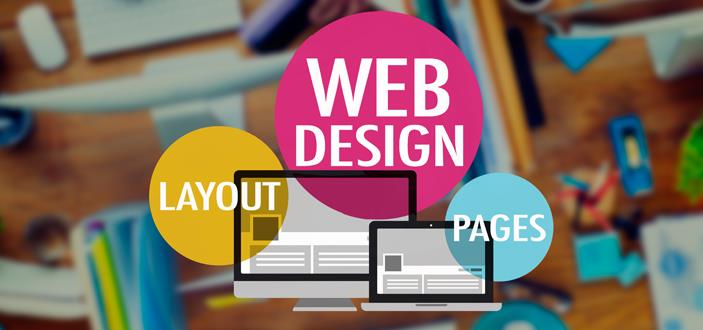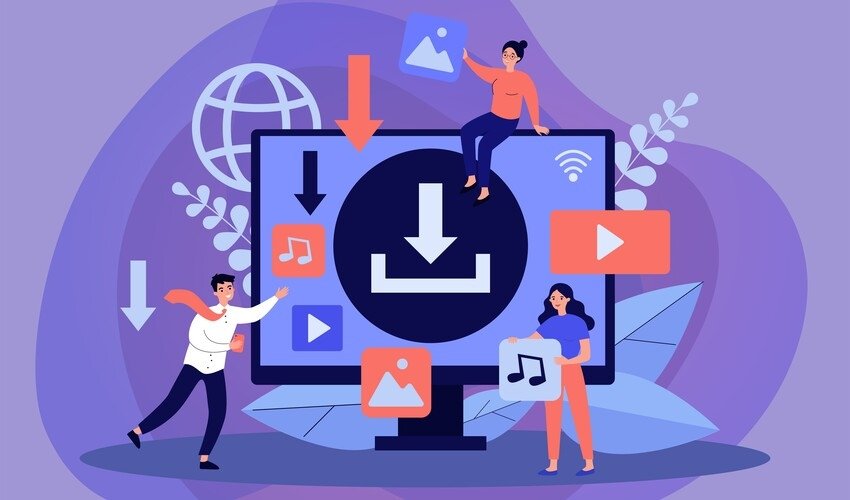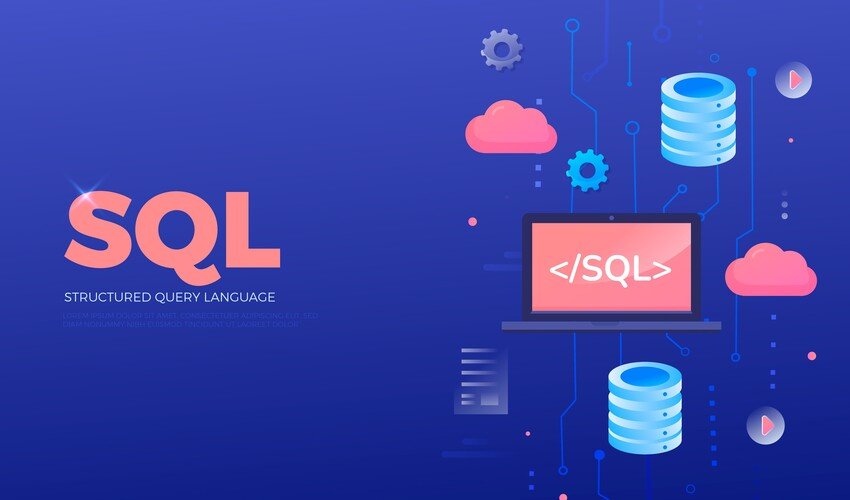We’ve all heard that content is king, but UI just might be its queen.
UI, or user interface, is the means by which your site visitors experience your content. It’s the visual components that draw them in and entice them to take action. Each button, contact form, or video scroll is part of a visitor’s UI experience. Without UI, your words will be skimmed over and draw few, if any, meaningful interactions.
Web design and UI are important components of any site, but the top trends change every year. As people’s tastes evolve and develop, so too must web design and UX for any site you work on.
To help you stay relevant in 2020, we’ve compiled some of the biggest web design and UX trends of this year—with examples to help you get inspired.
Context-Based Color Schemes (Dropbox)
Picking a color scheme is a no-brainer when it comes to web design, but companies are broadening that concept to allow color scheme variations when it comes to different products or services offered by the same parent company.
Since color schemes convey a lot of subconscious information to site visitors, considering color psychology is a crucial element of UI and web design. As companies expand their offerings and want to convey different messages for different aspects of their business, they are adopting varying but connected color schemes on different landing pages.
Take Dropbox as an example. For their file sharing workspace for businesses, the color scheme is largely blue, conveying a sense of trust and stability—exactly what you’re looking for in a software that you are relying on to keep your work safe.
But the color scheme for Dropbox Paper, their collaborative project management tool, adds yellow to the mix, conveying a sense of warmth and enthusiasm. The blue, for trust, is still prominent, and together these colors bring a distinct feel to a new product.
If you’re launching a new product or service in 2020, consider using responsive or context-based color schemes in your UI design to bring nuance to your user’s experience.
Asymmetrical Layouts
For years UI and web design have relied on clean block layouts with sharp, symmetrical patterns. This year, designers are shifting away from this approach and opting for asymmetrical and off-center blocks to bring a more unique and interesting look to web pages.
This asymmetry ranges from subtle layout decisions to a prominent design choice. On the more mild end of the spectrum, you have sites like Hausera, an online faucet supplier, whose category pages simply extend the blocks from a more classic layout to overlap slightly:
Asymmetrical layouts can provide a more distinct feel to your site, and a split-screen setup allows you to showcase multiple products or services on a single screen.
Custom Illustration
Images will always be an essential component of UI and web design, and it’s increasingly important to have custom images to set your brand apart. This year, we’re seeing more and more sites opt for custom illustrations rather than standard photography.
Illustrations often bring a more whimsical feel to a site, making it perfect for snack sites like Smashmallow:
But illustration styles are nearly infinite, so you can also take a different approach that conveys innovation, boldness, or anything you desire. InVision’s site conveys this through a different kind of illustration:
When templates and stock images don’t quite bring the brand feel you are looking for, illustration can step in and invent whatever feeling you want to present.
Animated Elements
Many sites that have incorporated illustration into their UI are also including animation. As devices and data speeds get faster, it’s easier to display animated elements on your site without worrying about load speeds and other UX considerations.
Animation takes illustrations a step further by catching a visitor’s eye with moving pieces. Some animation is more complex, but most are just simple patterns of an item moving or filling in. It can demonstrate pieces of your product or provide a visualization of your workflow to convey meaning and information instead of just catching your reader’s attention.
3D animation is also starting to appear more frequently, allowing visitors to see moving or interactive models of products like cars, computers, and more.
Screenshots won’t do animation justice, so check out some examples in action here and here.
Bold Typography
Oversize and bold typography has been up and coming for a while, and we don’t expect it to disappear any time soon.
Taking up the entire screen with just a few words may seem counterintuitive to other web design and conversion principles, as you may not be able to present enough information above-the-fold. But the strong first impression it gives has proven to draw visitors in and pique their curiosity. They spend more time exploring the site to learn more about the brand.
Like the asymmetrical design, bold typography exists on a spectrum of use. Some simply use a larger-than-average heading, while others fill the screen with just a few words. Your approach will depend on the overall experience you want your user to have on your site and the overarching style your brand conveys.
Nurture Digital’s homepage focuses on bold typography, but the heading doesn’t take up the entire screen:
It’s still bold and a little larger than average, but other UI elements are at play here too.
Compare this to the site of photographer Peter Van Alphen, whose homepage consists of just three words, only one of which is fully readable at a time:
While this first impression doesn’t really tell you exactly what he does, it’s so intriguing that you find yourself searching for more information. This approach is likely more effective for creative-focused businesses, but it can make a strong impression for the right audiences.
Final Words
Startup Web Design Agency and UI trends in 2020 are becoming bolder and more brilliant. Designers are taking risks, and it’s paying off. You might see some of these elements combined to create even more interesting websites moving forward, so don’t hesitate to experiment and see what works for your audience.
As you design your UI, remember not to rely on trends just because they’re trendy. Your customer should remain the focus of any design, so know your audience and design for them—not just the trends.

Samantha Rupp holds a Bachelor of Science in Business Administration. She is the managing editor for 365businesstips.com as well as a marketing expert for TransUnion Shareable for Hires. She lives in San Diego, California and enjoys spending time on the beach, reading up on current industry trends, and traveling.





